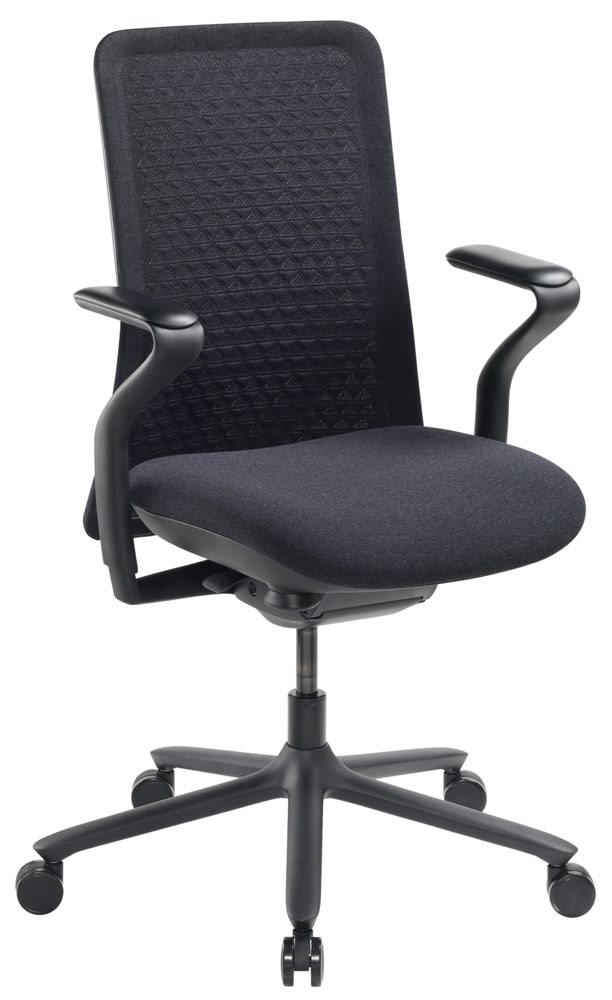Innovative Designs for Conference Tables and Chairs to Enhance Meeting Spaces
The Importance of Conference Tables and Chairs in Professional Environments
In today’s fast-paced business world, where meetings and collaborations are integral to success, the significance of conference tables and chairs cannot be overstated. These essential pieces of office furniture not only enhance the aesthetic appeal of a workspace but also play a critical role in facilitating communication and productivity during meetings.
Aesthetic Appeal and Professionalism
First impressions are crucial, especially in business settings. A well-furnished conference room with stylish tables and ergonomic chairs conveys professionalism and attention to detail. Conference tables come in various shapes, sizes, and materials, allowing companies to select options that best fit their brand identity and the tone they wish to project. Whether it’s a sleek, modern design made of glass and metal or a traditional wooden table that exudes warmth and familiarity, the choice of conference furniture can significantly influence the ambiance of the room.
Ergonomics and Comfort
One of the primary considerations in selecting conference chairs is ergonomics. Long meetings can be tiring, and uncomfortable seating can lead to decreased concentration and productivity. Thus, investing in ergonomic chairs is crucial. These chairs are designed to support the body’s natural posture, reducing strain on the back and neck. Additionally, adjustable features such as height, lumbar support, and armrests can accommodate different body types, ensuring that everyone in the room can participate comfortably.
Facilitating Collaboration
conference table and chair products

A conference table’s design can also impact how collaborative and effective meetings are. Round and oval tables, for example, foster a sense of equality and encourage open dialogue, as everyone can see each other without barriers. On the other hand, rectangular tables may promote a more structured approach, suitable for presentations where a clear front is necessary. Furthermore, the placement of the table can affect engagement levels; a thoughtful layout can lead to better participation and idea-sharing among attendees.
Technology Integration
In an era where technology is essential for effective communication, modern conference tables often come equipped with built-in power outlets, USB ports, and audiovisual equipment. This integration allows for seamless presentations and the ability to connect laptops and other devices without clutter. As remote work and hybrid meetings become increasingly common, having technology-ready tables helps bridge the gap between in-office and remote attendees, ensuring everyone feels included and engaged.
Sustainability Considerations
Today’s consumers are more environmentally conscious than ever before, making sustainability a critical factor in selecting conference furniture. Many manufacturers now offer eco-friendly options made from recycled materials or sustainably sourced wood. Choosing sustainable furniture not only minimizes environmental impact but also enhances a company’s image as a responsible and forward-thinking entity.
Conclusion
In conclusion, conference tables and chairs are more than just functional items; they are vital components of a professional environment that enhance both form and function. Aesthetically pleasing and ergonomic furniture fosters comfort, encourages collaboration, and facilitates effective communication. As businesses continue to adapt to changing work dynamics, investing in high-quality conference furniture will remain a key strategy for success. By prioritizing the right choices in conference tables and chairs, companies can create a conducive atmosphere for productive meetings, ultimately driving innovation and growth in their operations.
share:
-
Multi Colored Modular SofasNewsJul.07,2025
-
Enhance Seating Experience with Chair AccessoriesNewsJul.07,2025
-
Enhance Four Legged Chairs with WheelsNewsJul.07,2025
-
Elevate Your Workspace with Luxurious Boss ChairsNewsJul.07,2025
-
Discover Comfort of Compression SofaNewsJul.07,2025
-
Training Chairs Aim To Provide A Fully Functional And Flexible Workspace For Various Training, Educational, Or Collaborative ActivitiesNewsJun.06,2025
-
The Big Boss Office Chair Aims To Provide Comfort And Support For Individuals In Management Or Leadership PositionsNewsJun.06,2025









